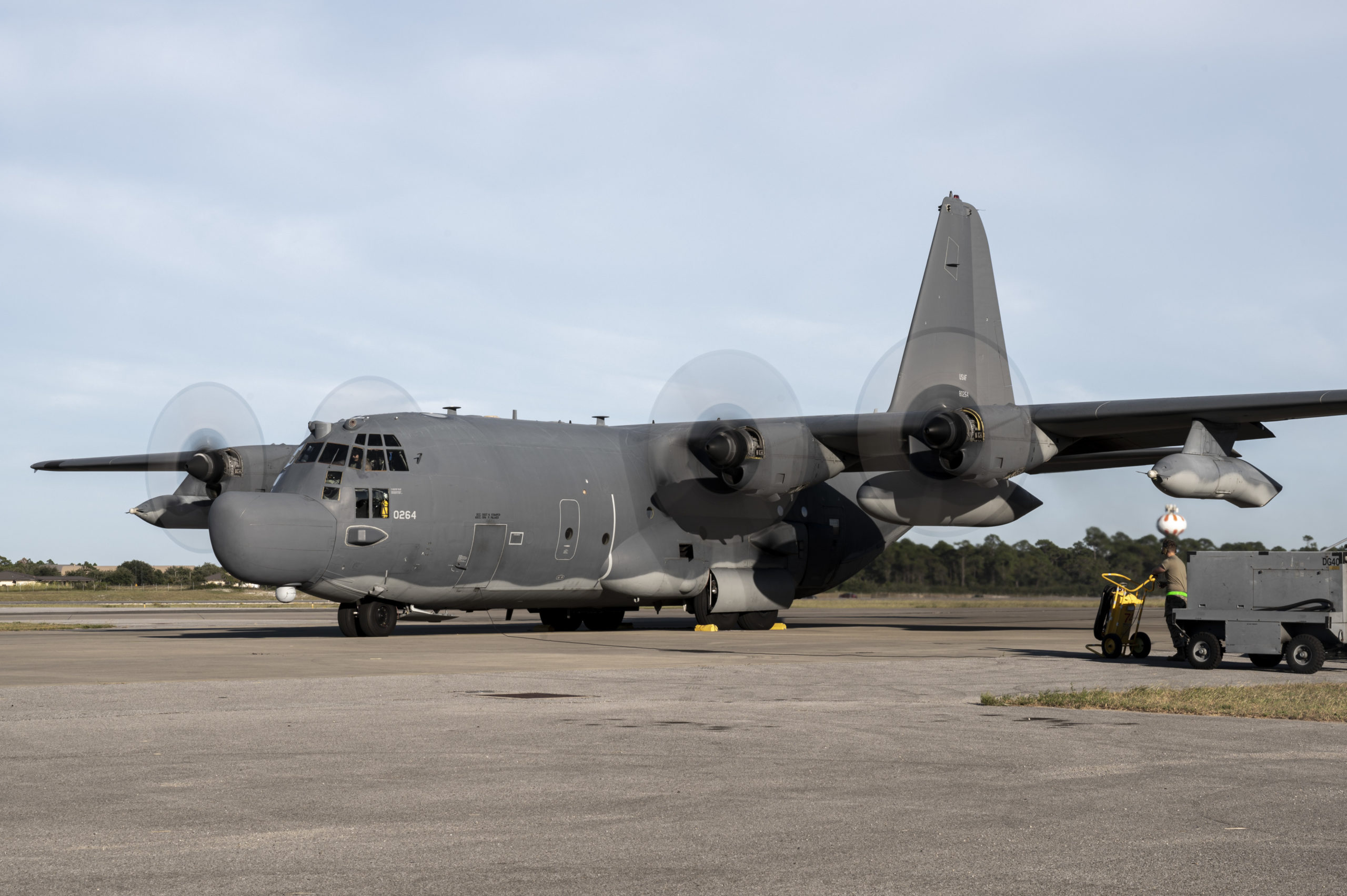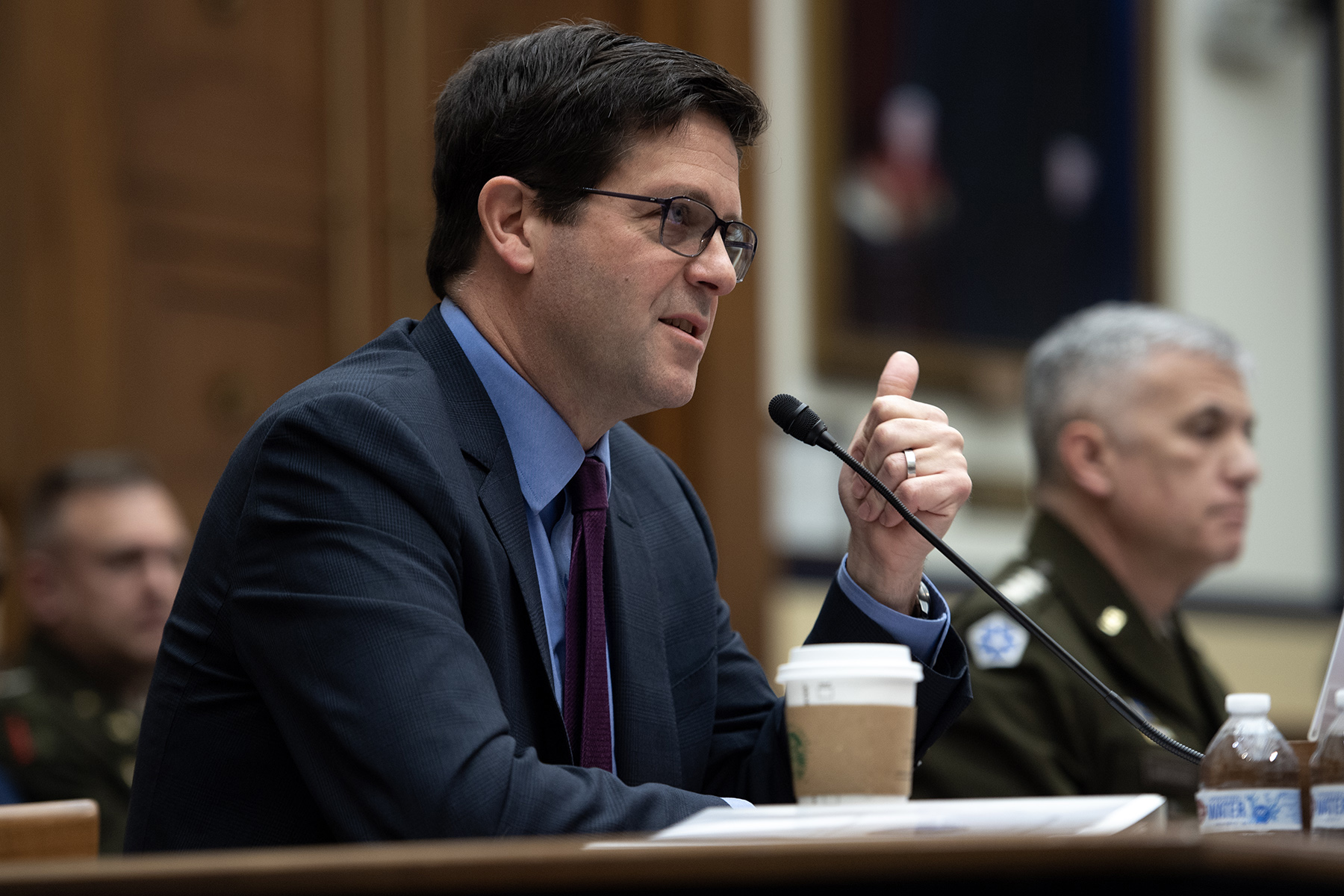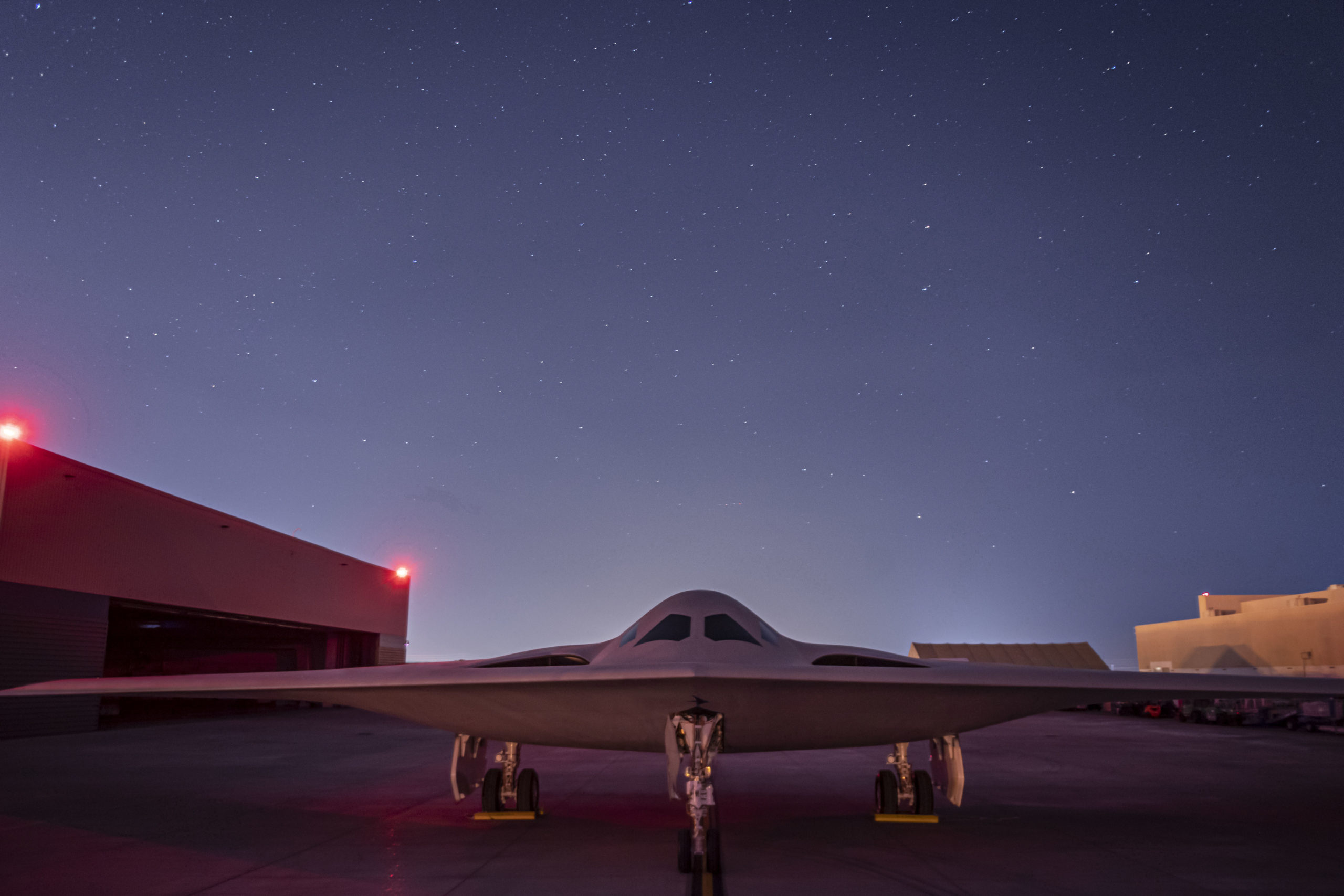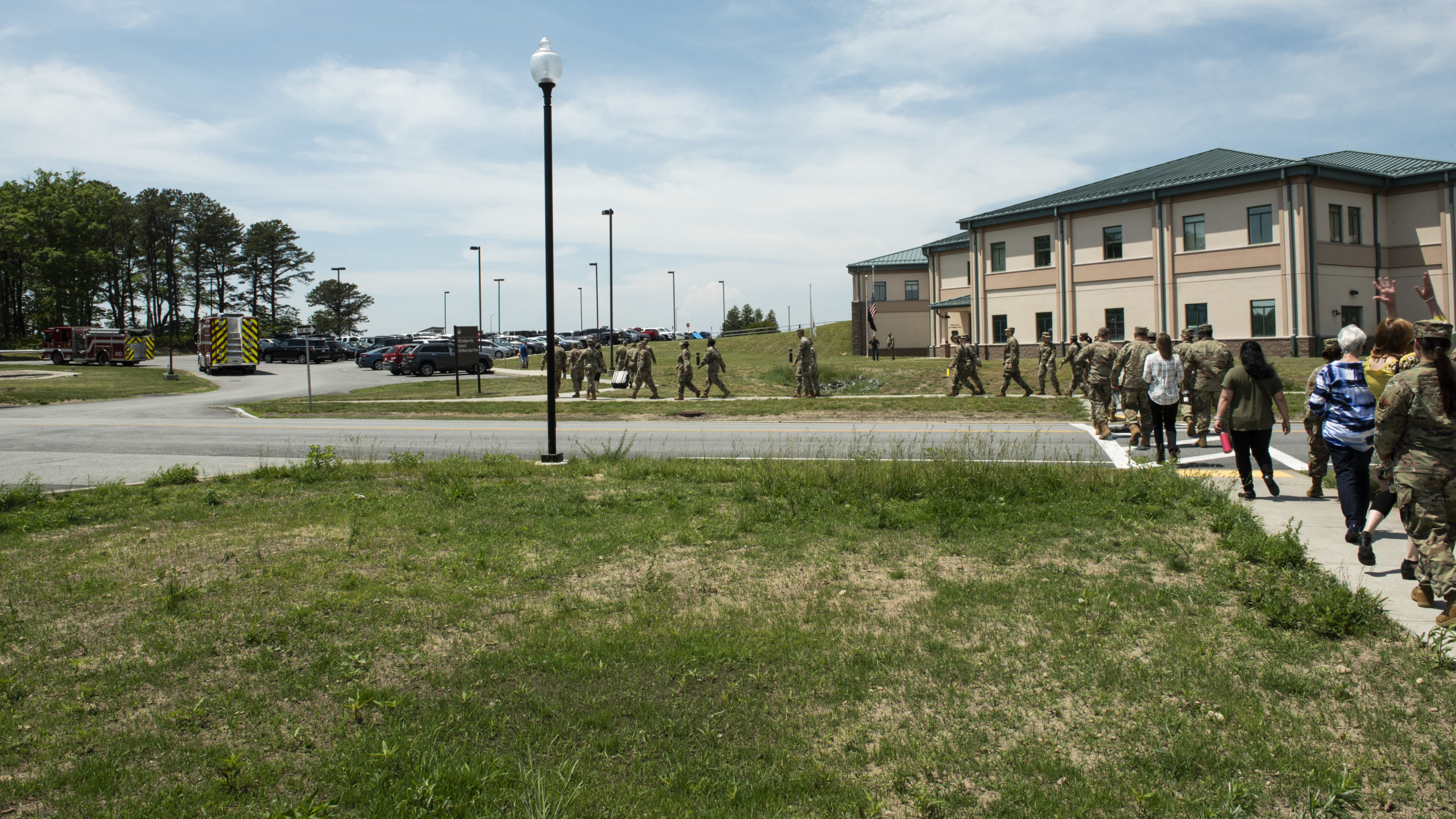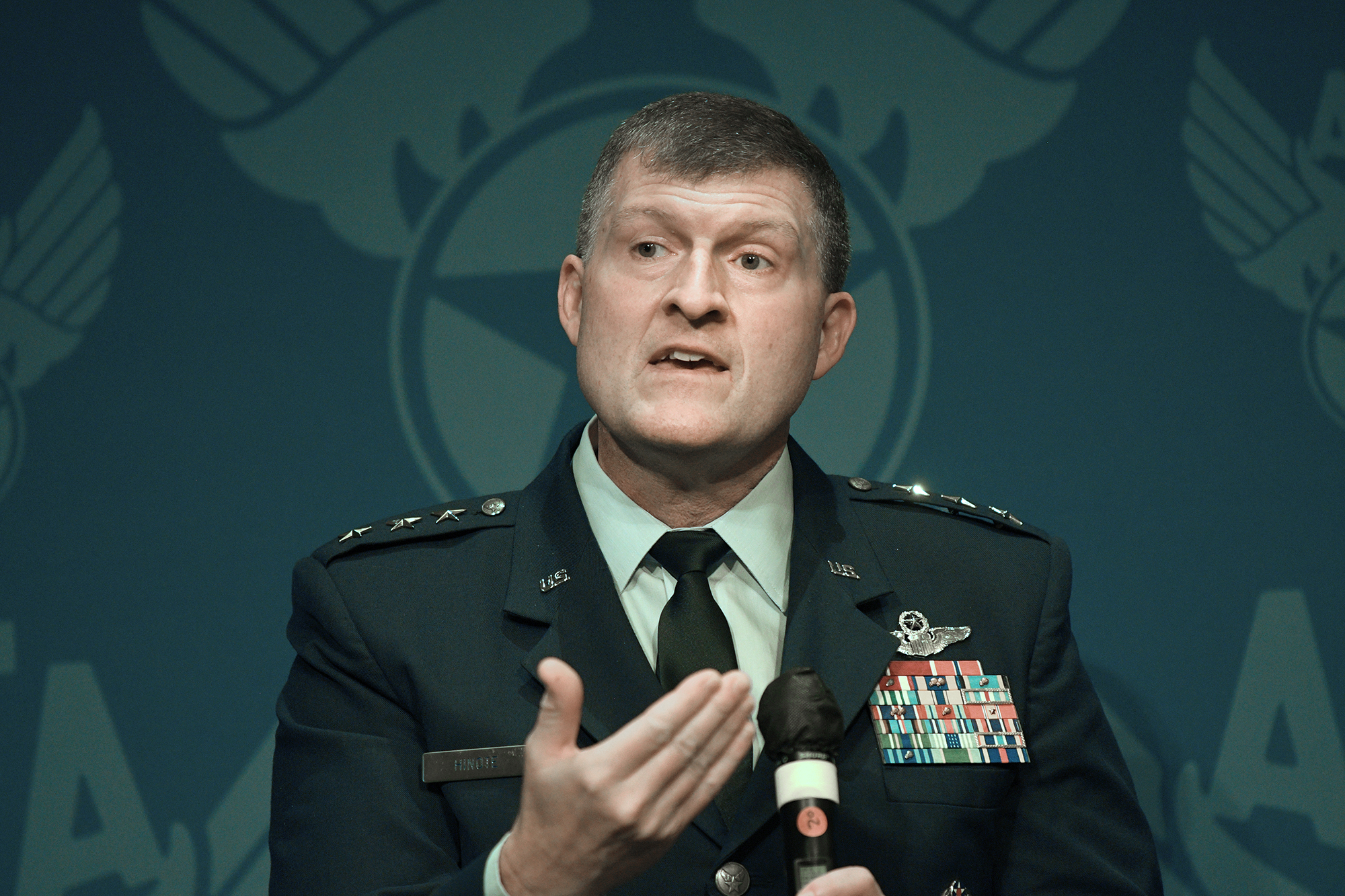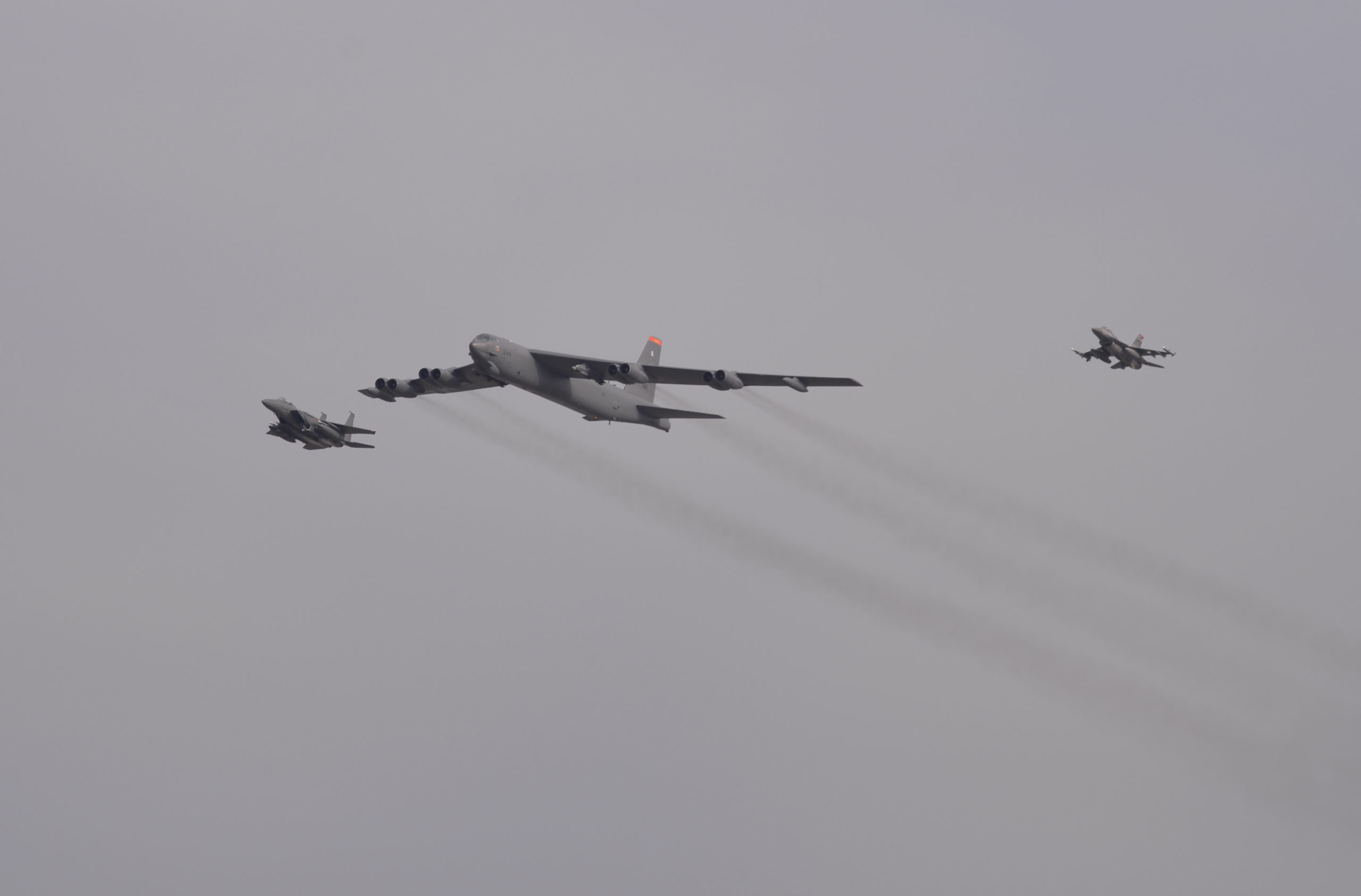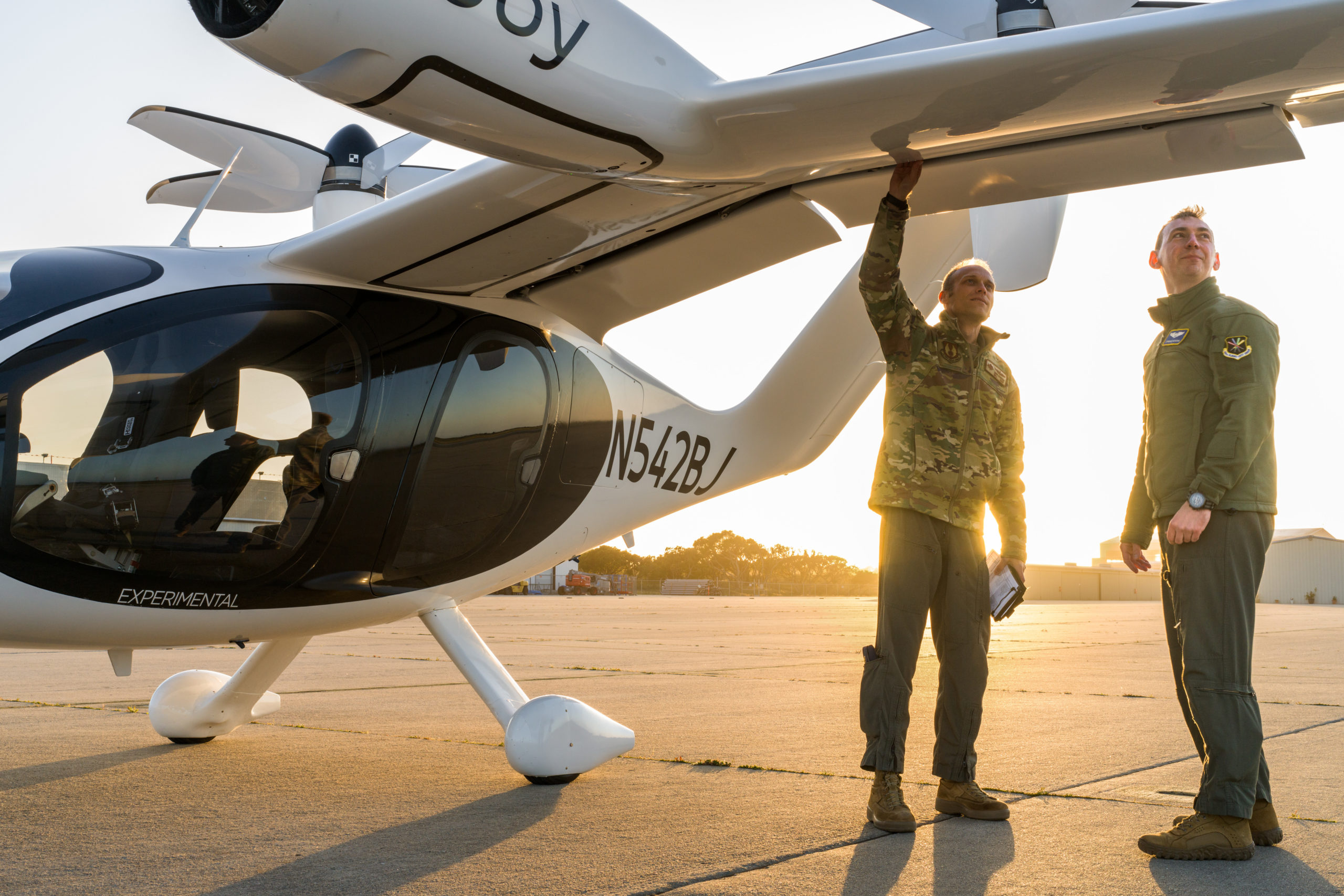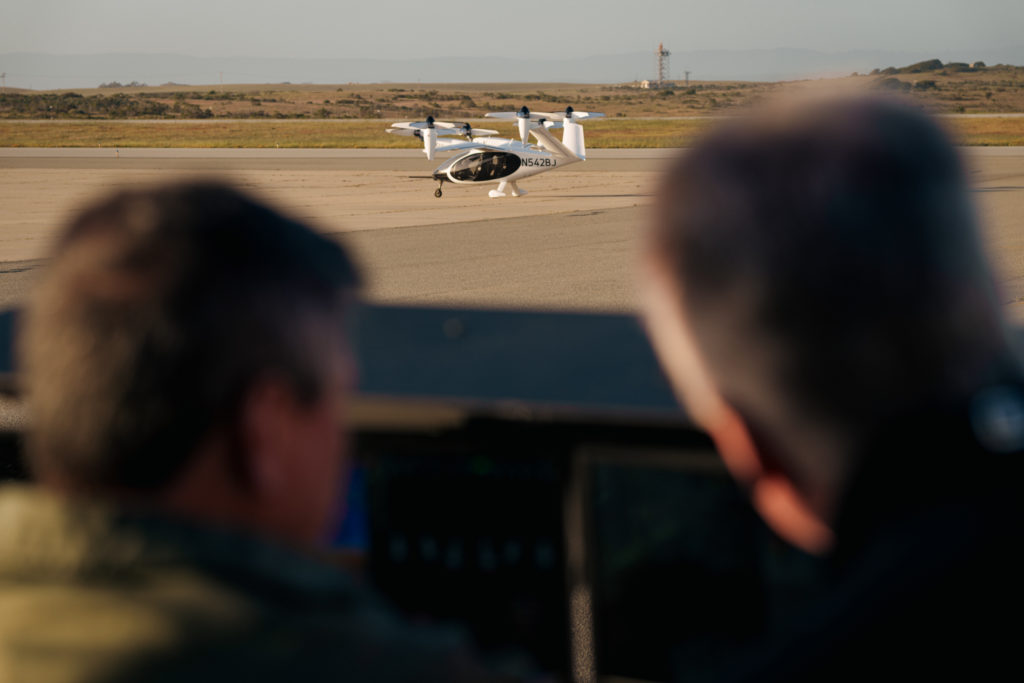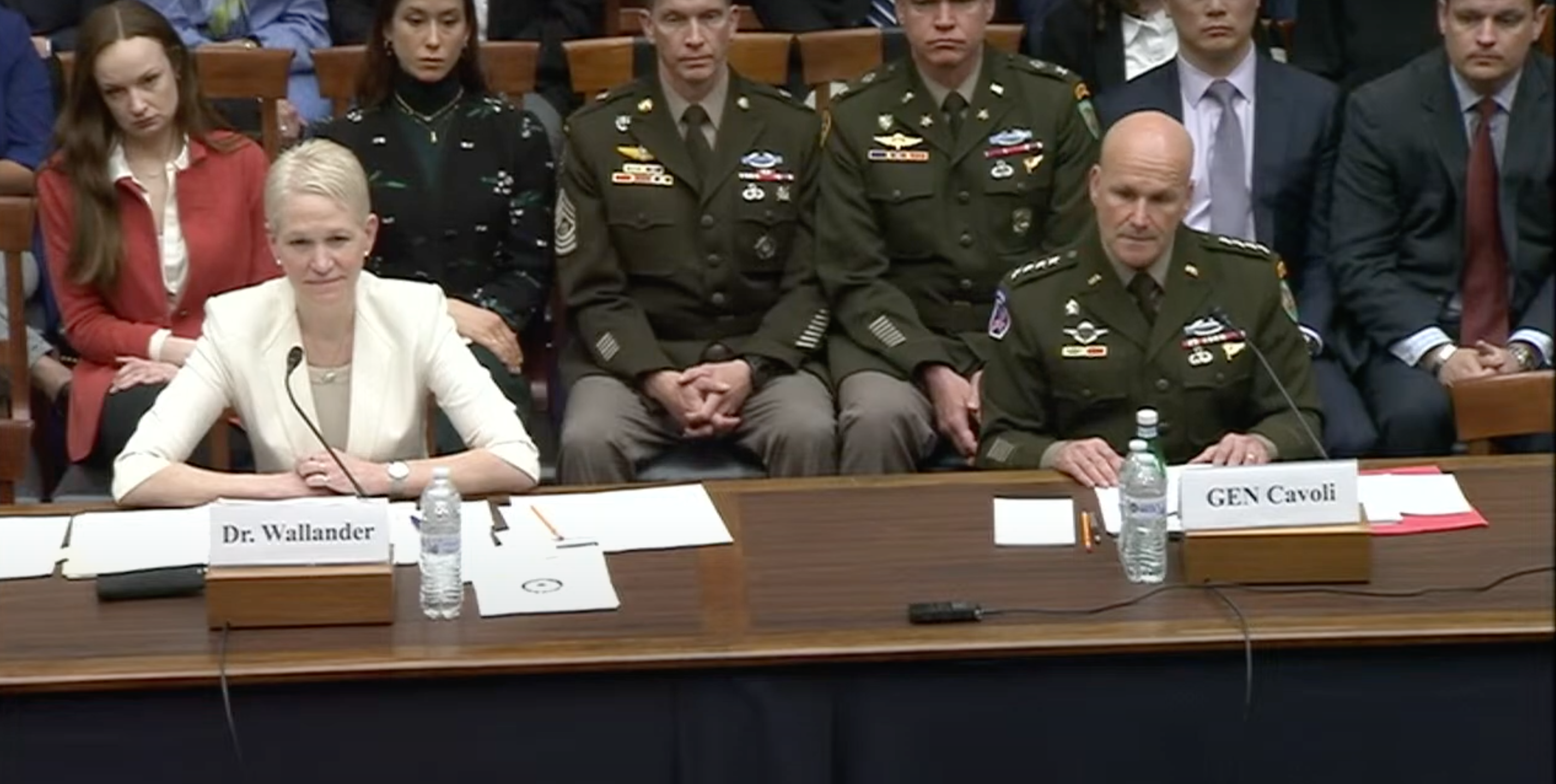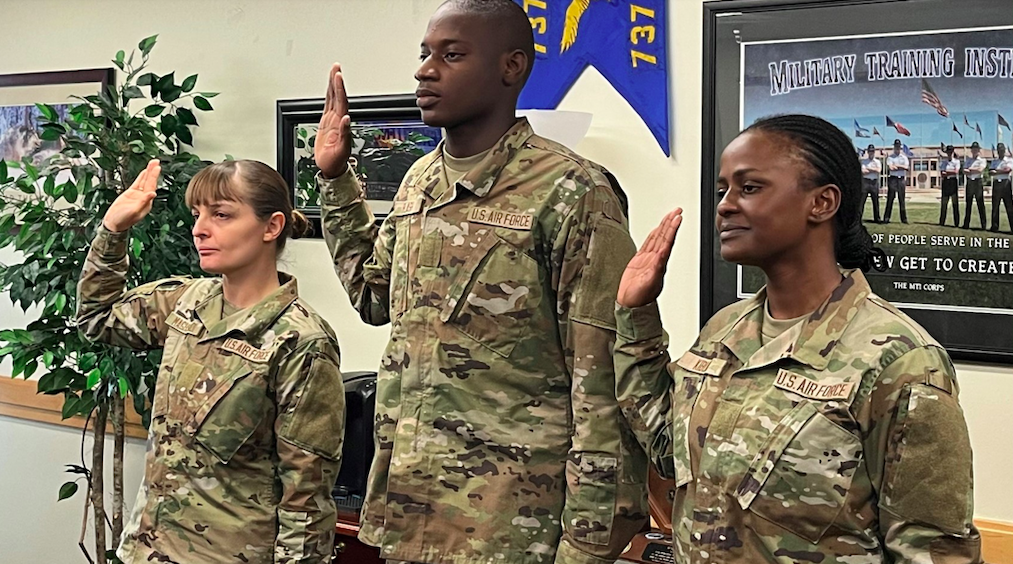Editor’s Note: This story was updated April 28 after the Air Force clarified which aircraft will be part of the 492nd Power Projection Wing.
The Special Operations “Power Projection Wing” planned for Davis-Monthan Air Force Base, Ariz., will include MC-130s and “light attack” aircraft—probably the new Sky Wardens—Chief of Staff Gen. Charles Q. Brown Jr. told Congress on April 27.
The new mix of Air Force Special Operations Command aircraft will replace the A-10s now based at Davis-Monthan as they are retired in coming years.
The Air Force cited plans for the 492nd Power Projection Wing in its 2024 budget request and subsequently confirmed those plans to Air & Space Forces Magazine. But exactly which aircraft would be included was not clear until now.
Asked by Rep. Ruben Gallego (D-Ariz.) to provide more details, Brown said the Power Projection Wing would be “bringing in our MC-130s [and] light attack aircraft.”
The MC-130 is a tanker/mobility aircraft, used by Special Operations Forces for covert day, night, and adverse weather infiltration, exfiltration, and resupply. Based on the Air Tractor AT-802 crop duster, the heavily modified Sky Warden won the Armed Overwatch competition. The aircraft will replace Air Force Special Operations Command’s aging fleet of U-28A Draco ISR aircraft and augment remotely piloted MQ-9 Reaper drones when they reach initial operational capability in 2026.
Also headed to Davis-Monthan are new EC-37 Compass Call electronic warfare aircraft and HH-60W Jolly Green II search and rescue helicopters.
“Their access to the ranges that are there in Arizona and in the western United States will increase their training opportunity,” Brown said of all the new aircraft.
Brown pledged the Air Force would work with local stakeholders and base officials to manage the flow of new Airmen to Davis-Monthan as the new wing stands up.
Gallego was one of four Arizona lawmakers—including Sens. Mark Kelly (D-Ariz.) and Kyrsten Sinema (I-Ariz.) and Rep. Juan Ciscomani (R-Ariz.)—to release a joint letter earlier this month saying they were “encouraged by the Air Force’s intention to bring new, durable flying missions” to Davis-Monthan and urging Air Force Secretary Frank Kendall to expand efforts to keep the local community informed.
Kendall did that in an April 19-20 visit to Davis-Monthan. A new Site Activation Task Force has already convened to consider what military construction and related changes might be needed at the base.
